
7 minute read
BOUNTIFUL FOOD OF THE BALTICS
Bountiful Food
OF THE BALTICS
Yasemen Kaner-White
Having travelled extensively throughout the Baltics which encompasses Latvia, Lithuania and Estonia, it is clear emphasis is on local produce, freshness, seasonality and preserving. Summer brings a bounty of berries for example cloudberry used in both sweet dishes and savoury such as a sauce with local venison, and punchy sea buckthorn often drunk as a tea. The berries are foraged and preserved in preparation for winter enabling locals to retain the vital vitamins needed for the long cold season. Winter welcomes hearty meals, heavy with meat, grains and potatoes to keep people fuelled and strong. Hunting is common from wild boar to deer; I was even offered bear in a restaurant in Estonia – a first for me. Dining outside in beautiful natural surroundings is common whether by a lake or in a forest among birch trees, it’s always invigorating eating al fresco and the Baltics have so many stunning natural spots to sit and take it all in. As well as homely style cooking, the sheer array of high-end fine dining and innovative, beautifully presented plates of food using delectable natural indigenous produce, is very impressive and a joy to experience. Below is a breakdown of each country highlighting their famed dishes as well as favoured ingredients.
Smoked fish


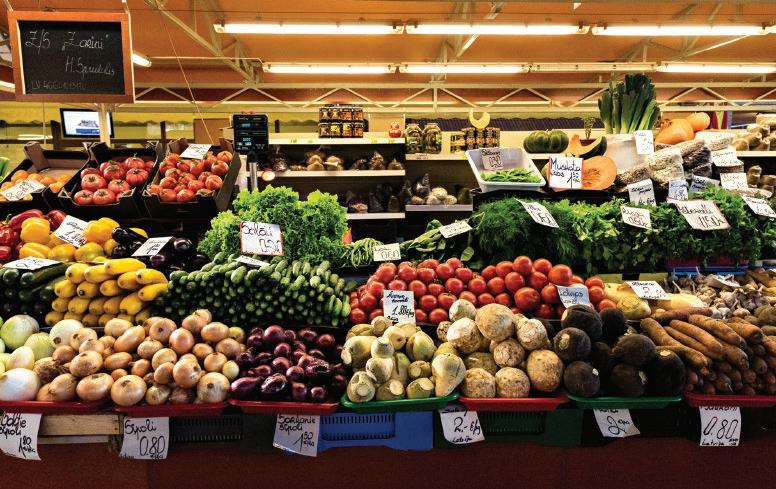
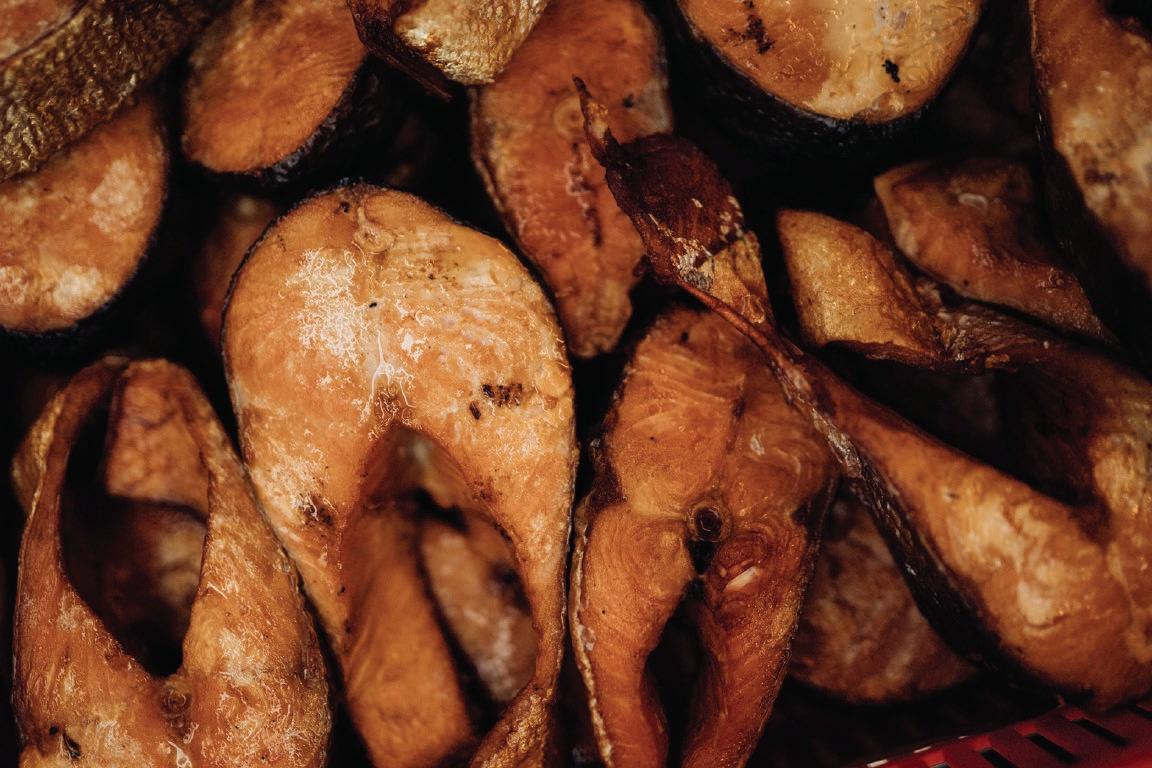


LATVIA
DRINKS
Pure and healthy birch juice is made in spring, gathered from the birch trees’ sap, it is drunk fresh to detoxify the body. The juice can also be fermented with various spices and made carbonated.
Soured milk beverages such as kefir and soured milk are drunk often for health and pleasure.
INGREDIENTS
Rye Bread, this very dark bread is the life and soul of Latvia’s cuisine. Made with dark rye and flavoured with caraway seeds it is often served with local hemp butter.
Hemp Butter, he seeds are ground up until they turn dark to which butter and salt can be added.
Smoked meat, to preserve longevity of the meat and also to add a rich flavour, most meat is smoked in Latvia. Served at buffets, in sandwiches, cooked with eggs, added to soups, or served with sauerkraut, root vegetables, peas or beans, smoked meat often features.
Another smoked delicacy is smoked fish, whether Baltic Sea sprat one of Latvia’s main exports, lamprey, bream, flounder or salmon. As well as smoked, they dry fish too, for example perch and mackerel. Sometimes smoked fish is incorporated into meals or eaten as a snack alone.

DISHES
Grey peas with bacon, this is the national dish. Latvians love the ancient peas known as grey peas, in fact in 2015, Latvian large grey peas were entered into the register of protected geographical indications for national products of the EU. It is a hearty, wholesome dish, packed with protein from the meat and peas and found all over Latvia.
Potatoes, herring, cottage cheese, boiled potatoes with cottage cheese, lightly salted herring, soured cream, onions and greens is widely eaten as a light lunch.
SWEETS
Sweet dumplings are popular in East Latvia in the region of Latgale; sweet cottage cheese pierogi which are made of yeast dough, baked, and then warmed up in melted butter or cream, locally known as ‘guļbešņīki’, ‘buļbu bļīni’ or ‘kļockas’.
Sweet bread soup is a combination of rye bread, dried apples, raisons, plums, cranberries and cinnamon, sweetened with sugar and served topped with whipped cream.
FOODIE FACT
A longstanding belief by locals if that bread falls to the ground, they should blow on it to clean it and then kiss it!
FOOD MUSEUM TO VISIT
Aglona Bread Museum in Latgale is definitely worth a visit and I especially enjoyed tasting the tempting warm bread before joining in a traditional local dance with the hosts dressed in Latgalian costume. The museum celebrates Latvia’s traditional rye bread and showcases hundreds of tools and other objects related to the processing of grain and baking bread, such as flails, baker’s peels, and kneading troughs.
Smoked fish
Jams and preserves at a Christmas market
Aglona Bread Museum
Smoked meat Riga (the capital)Central Market
Kepta duona. Photo credit Andrius Aleksandravičius

Šakotis. Copyright Rasa Linkaitė
LITHUANIA

DISHES
Cepelinai is a very typical Lithuanian dish, heavy to eat but absolutely delicious, essentially a potato dumpling stuffed with meat, mushrooms or cheese curd. They say the best Cepelinai is in August, when the potatoes are fresh.
Šaltibarščiai is a cold pink coloured soup made with beetroot and kefir (fermented yogurt) and topped with fresh dill.
Kasha refers to a ‘porridge’ which is savoury and made from grains such as buckwheat, and either milk or water. It can be infused with local herbs and often served as a side dish, though some eat it as breakfast too.
Fried bread, or kepta duona, is dark rye bread that’s been fried, seasoned with garlic and salt, and served with a thick cheese sauce.
Kibinai are pies made by the Kariate people, an ethnically Turkic group who have resided in Lithuania for centuries. The pastry crust can have a variety of fillings from meat, vegetables, cheese curd to jam.
Kugelis is a heavy ‘lasagna’ type meal with meat and is served with lingonberry jam, bacon, or sour cream.
DRINK
Mead is known as the oldest alcoholic beverage in the world. It is made with water and honey, as well as a touch of bee pollen, it is a fermented drink.
SWEET
Raguolis is a traditional Lithuanian cake which is a hollow ring covered in ‘spines’ created from dripping batter as the cake is turned around and around on a spitlike cooker.
FOOD MUSEUM
At the Beekeeping Museum you’ll find out why Lithuanian bees are the happiest in the world and why fresh cucumber and honey is considered the oldest Lithuanian dessert. At the museum’s display of beehives and beekeeping tools, discover how bees were protected from honey-loving bears, learn about ancient bee deities, and see the nectar-rich plants that are the primary source of honey. You can also try different kinds of local honey, make your own beeswax candle, or enjoy a honey aromatherapy session.

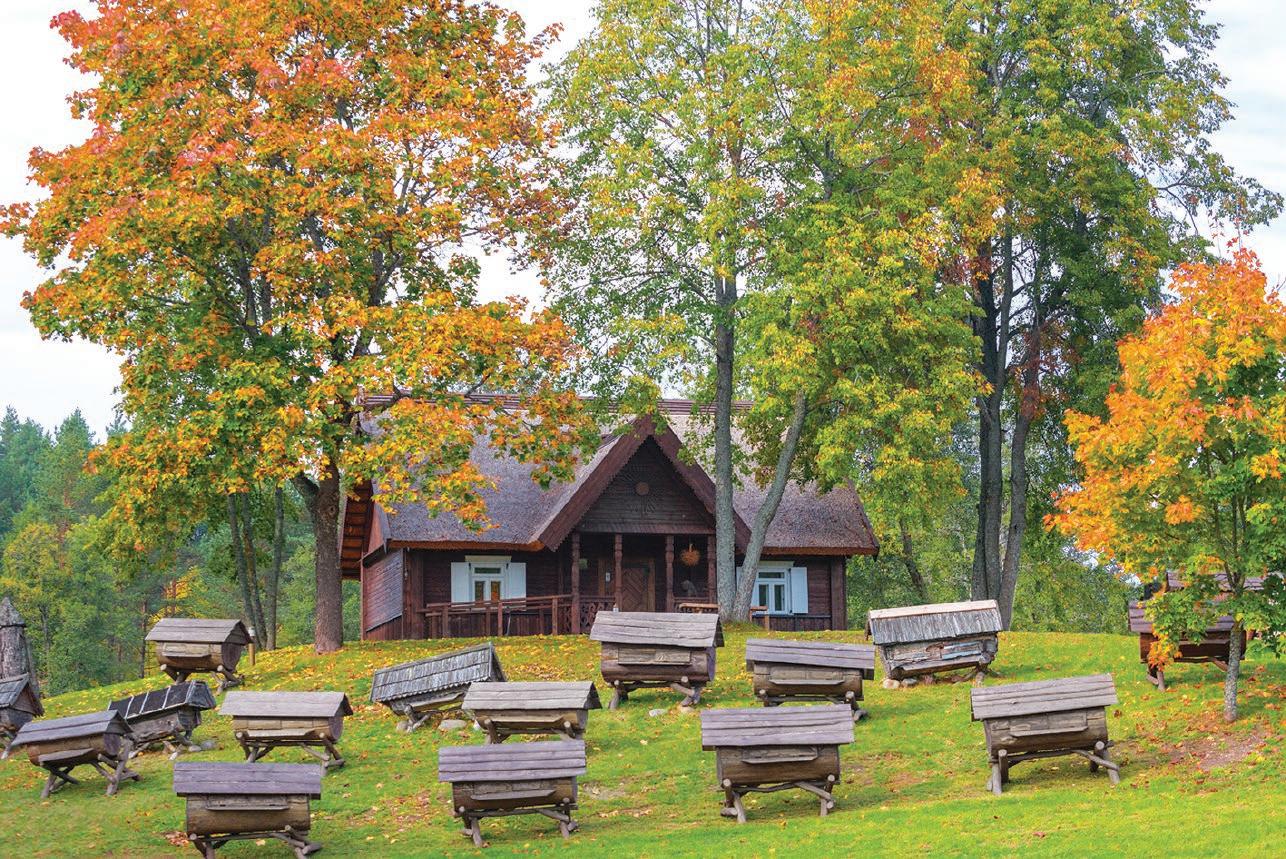
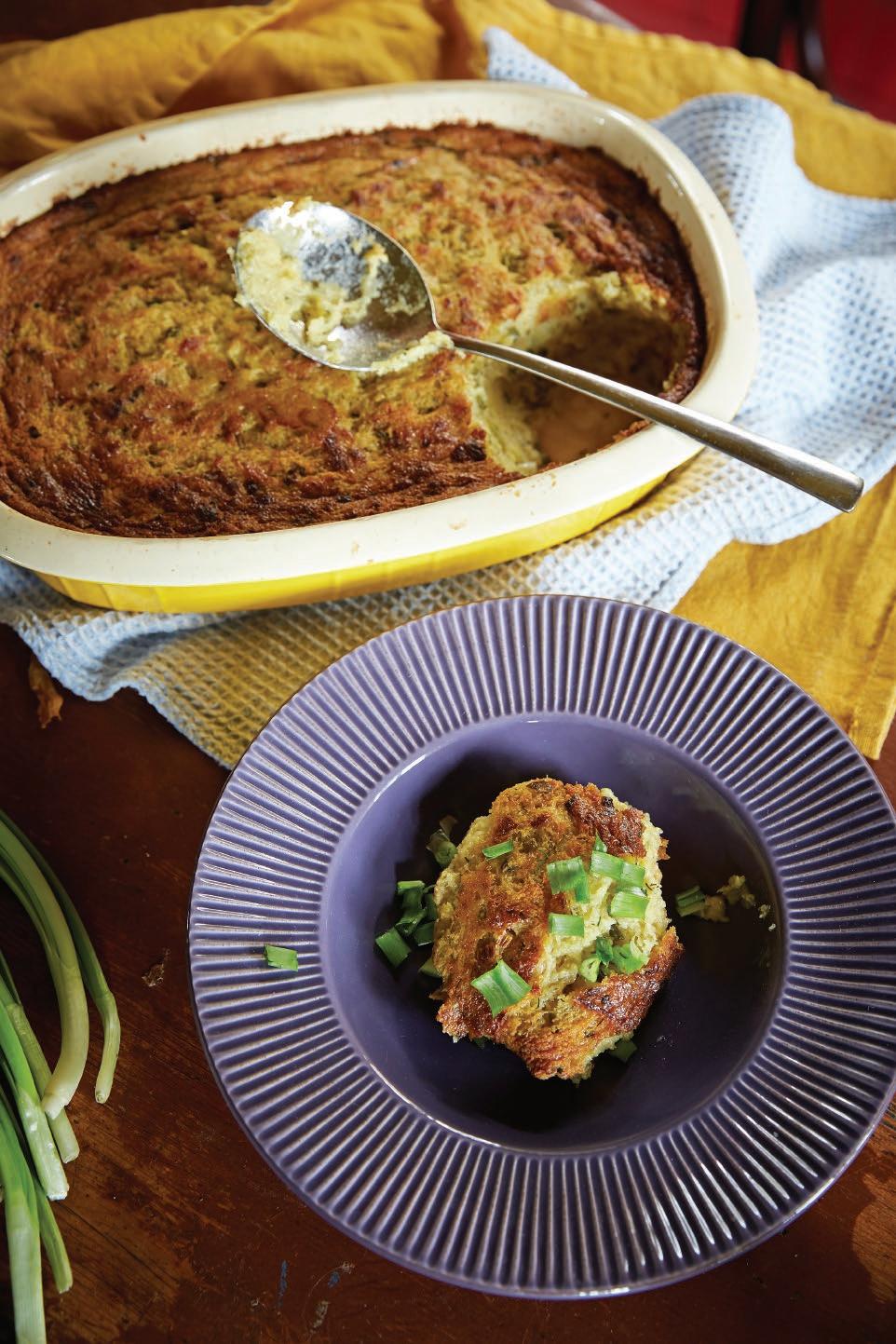
Kugelis. Copyright Beatos virtuve Beekeeping Museum. Credit Ričardas Anusauskas Košė. Copyright Dovilė Jakštaitė
Lithuanian Cepelinai. Copyright Andrius Aleksandravičius



Mead. Copyright Andrius Aleksandravičius Kibinai. Photo credit Kybynlar (Trakai) Šaltibarščiai. Photo credit Nerijus Paluckas
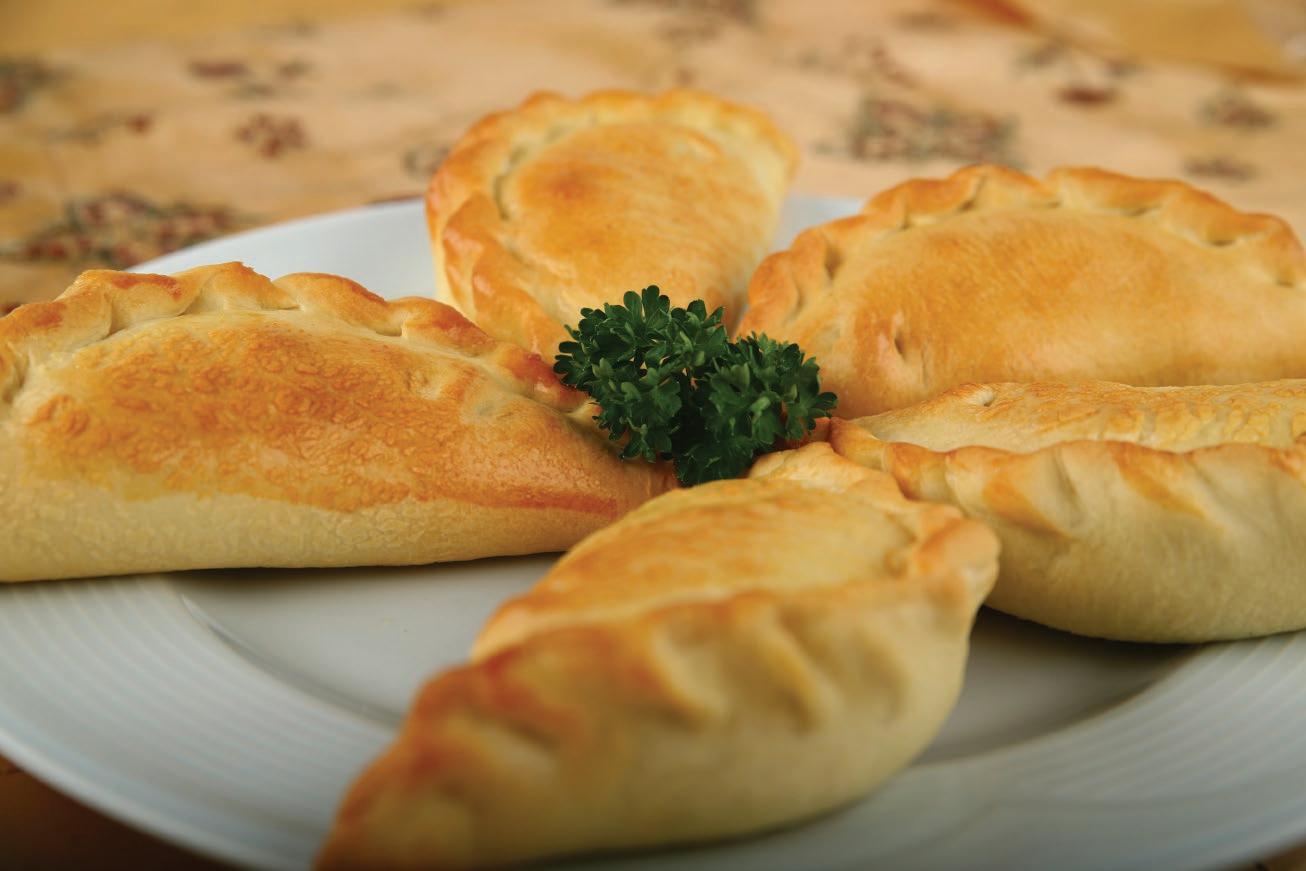
Sprat Sandwich. Credit Aron Urb


Berries_Karl Ander Adami
ESTONIA

INGREDIENT
Nordic blueberries have a particularly intense, sweet flavour well suited for healthy desserts.
Sprats are one of the favoured local fish and often eaten in a sandwich.
Honey in Estonia is excellent, most likely because Estonia has a unique Nordic climate combined with pollen and nectar rich flora.
DRINK
Kali is a kind of low-alcohol root beer which is very popular.
Unlike conventional wine, Estonian wines are made from berries, with blackcurrants being a common favourite. Estonian wine goes particularly well with desserts.
DISH
Meat jelly – sült is prepared by boiling down animal bones, then to the broth chunks of meat and slices of vegetables are added, when left to cool completely it forms a jelly.
Rosolje or mixed beetroot salad, became a staple of Estonian cuisine whilst under USSR rule.
Estonian ground meat patties or hakklihakotlet are made from equal amounts of beef, pork, and sometimes veal with eggs, breadcrumbs, chopped onions, and some water, then formed into patties and fried.
SWEET
Kohuke are little cubes of cottage cheese covered in various flavours of chocolate.
Honey cake is a deliciously multilayered cake infused with honey.
The pretty pink dessert called mannavaht was often served in schools, as it was an easier way to make children eat porridge due to its captivating pink colour from cranberry juice which is added to sugar and semolina.
FOOD MUSEUM
Visit the Estonian Dairy Museum and make delicious butter and enjoy it on a self-baked piece of traditional Estonian barley bread or learn to make soft Estonian cumin cheese instead. However, if you love sweets, you can also learn to make a glazed curd snack or ice cream.
Rye Bread. Credit Aron Urb



Credit Renee Altrov Seabuckthorn juice Beekeeping in the city on the roof of Tallinn University










